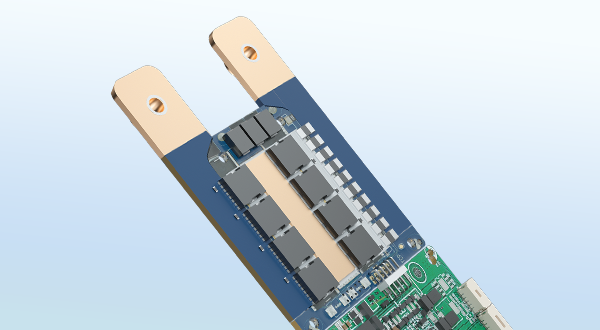Have you ever wondered how a BMS can detect the current of a lithium battery pack? Is there a multimeter built into it?
First, there are two types of Battery Management Systems (BMS): smart and hardware versions. Only the smart BMS has the ability to transmit current information, while the hardware version does not.
A BMS usually consists of a control integrated circuit (IC), MOSFET switches, current monitoring circuits, and temperature monitoring circuits. The key component of the smart version is the control IC, which acts as the brain of the protection system. It is responsible for real-time monitoring of battery current. By connecting with the current monitoring circuit, the control IC can accurately obtain information about the battery's current. When the current exceeds the preset safety limits, the control IC quickly makes a judgment and triggers the corresponding protective actions.


So, how is current detected?
Typically, a Hall effect sensor is used to monitor current. This sensor utilizes the relationship between magnetic fields and current. When current flows through, a magnetic field is generated around the sensor. The sensor outputs a corresponding voltage signal based on the strength of the magnetic field. Once the control IC receives this voltage signal, it calculates the actual current size using internal algorithms.
If the current exceeds the preset safety value, such as overcurrent or short-circuit current, the control IC will quickly control the MOSFET switches to cut off the current path, protecting both the battery and the entire circuit system.
Additionally, the BMS may use some resistors and other components to assist in current monitoring. By measuring the voltage drop across a resistor, the current size can be calculated.
This series of complex and precise circuit designs and control mechanisms are all aimed at monitoring battery current while protecting against overcurrent situations. They play a crucial role in ensuring the safe use of lithium batteries, extending battery life, and enhancing the reliability of the entire battery system, particularly in LiFePO4 applications and other BMS series systems.
Post time: Oct-19-2024





